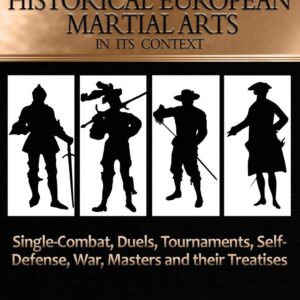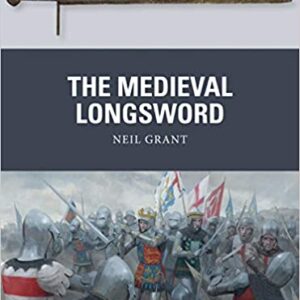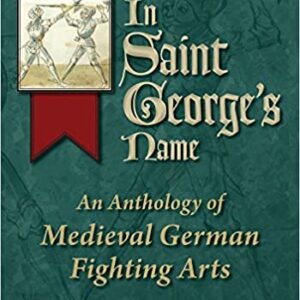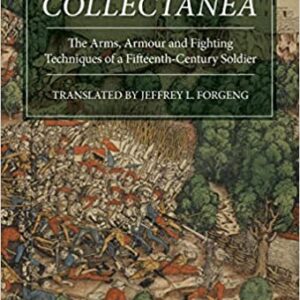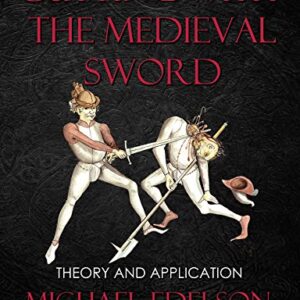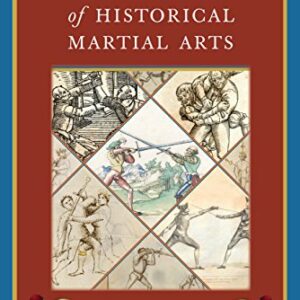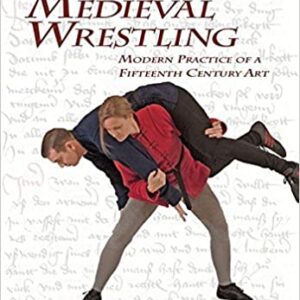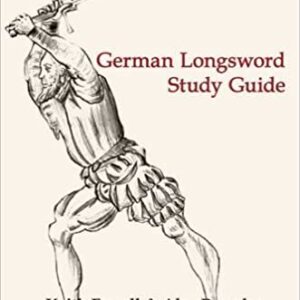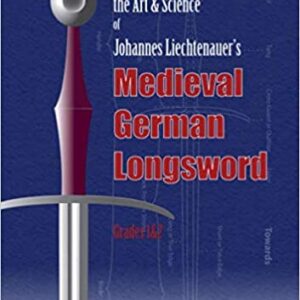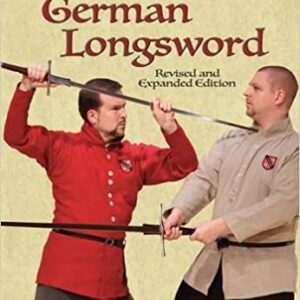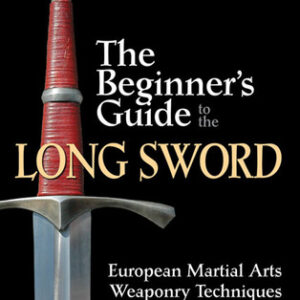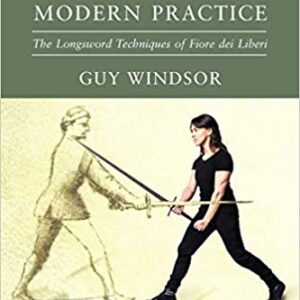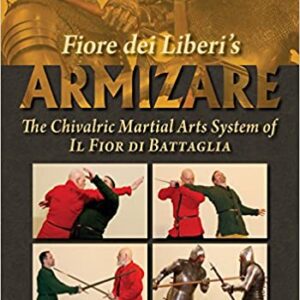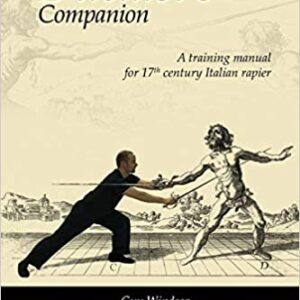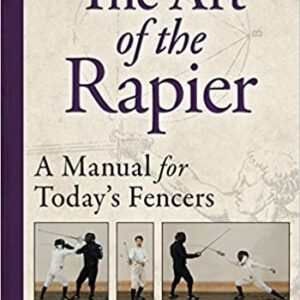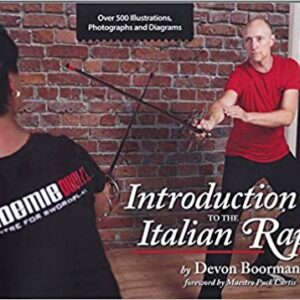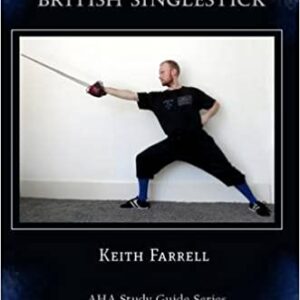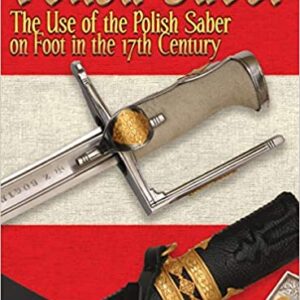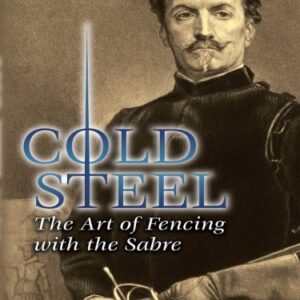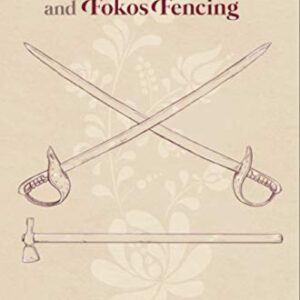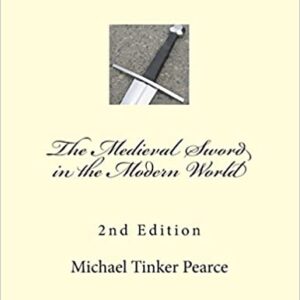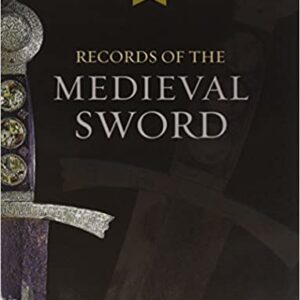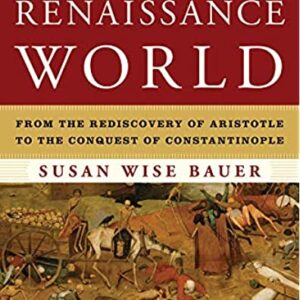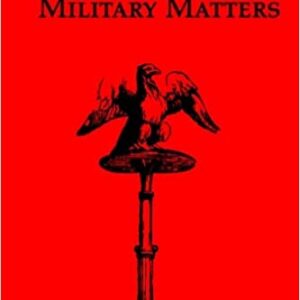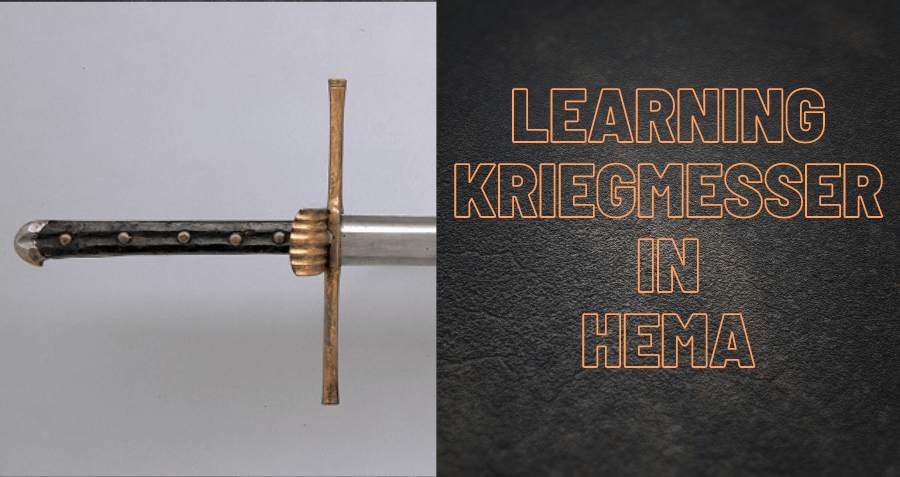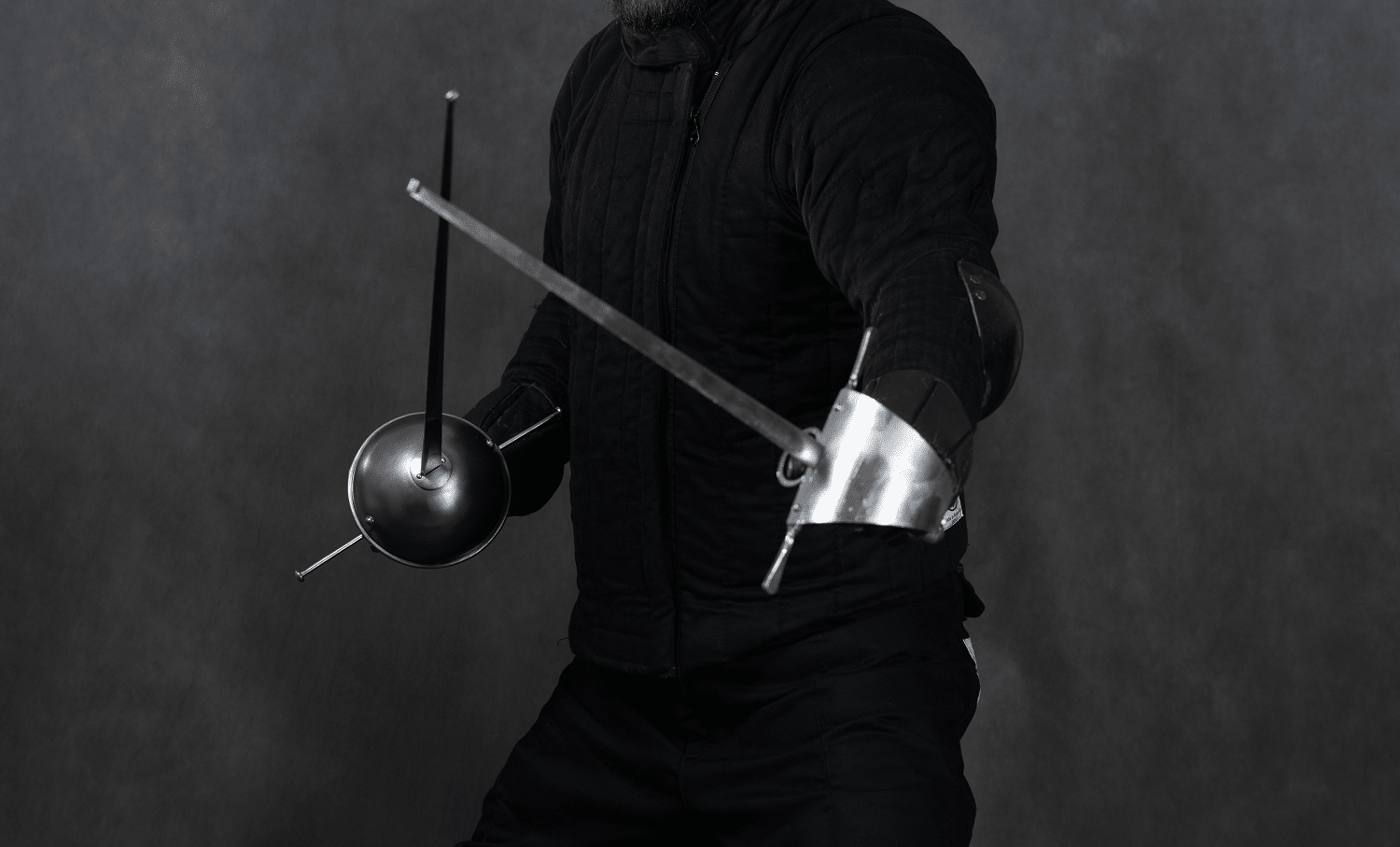This article is our list of recommended Western Martial Arts (WMA) and Historical European Martial Arts (HEMA) Books for beginners and intermediates.
There are many books that have been written on the subject of historical fencing in HEMA / WMA. We have tried to gather a list of as many books available for purchase as we can find on our Shop section for the Books category, but there are hundreds of books on that list. With this article we’re going to try to organize a little better to assist people in finding certain kinds of books.
Keep in mind, if you are looking for specific books to learn how to fight with certain weapons you should read our Learn HEMA page and select the weapon you’re most interested in learning about.
HEMA Historical Context Books
These are books we recommend if you’re looking to better comprehend the historical context of the source manuscripts studied by Western martial arts / Historical European martial artists, especially as pertains to sword fighting styles.
-
Historical European Martial Arts in its Context: Single-Combat, Duels, Tournaments, Self-Defense, War, Masters and their Treatises
-
Weapon Series: The Medieval Longsword (Book 48)
-
Can These Bones Come to Life? Insights from Reconstruction, Reenactment, and Re-Creation
-
In Saint George’s Name: An Anthology of Medieval German Fighting Arts
-
Pietro Monte’s Collectanea: The Arms, Armour and Fighting Techniques of a Fifteenth-Century Soldier
-
Cutting with the Medieval Sword: Theory and Application
-
The Theory and Practice of Historical Martial Arts
Some of the notable books above are,
The Medieval Longsword by Neil Grant provides a well researched history of the development and usage of the long sword.
Can These Bones Come to Life? edited by Ken Mondschein includes several academic essays by researchers in the HEMA community reconstructing the lost fighting arts.
Historical European Martial Arts in its Context: Single-Combat, Duels, Tournaments, Self-Defense, War, Masters and their Treatises by Richard Marsden provides supplementary information from other historical records to give insight into the source manuscripts studied by historical fencers.
In Saint George’s Name: An Anthology of Medieval German Fighting Arts by Christian Henry Tobler is a series of essays concerning the German martial tradition of Johannes Liechtenauer and the various other authors considered part of the Kunst des Fechtens style of sword fighting.
Pietro Monte’s Collectanea: The Arms, Armour and Fighting Techniques of a Fifteenth-Century Soldier. Pietro Monte was a 15th century soldier and contemporary of Leonardo da Vinci and Baldesar Castiglione. Translated by Jeffrey L. Forgeng into English this book Monte’s treatise on techniques of personal and provides great insight into the life and training methods of soldiers during his lifetime.
Books for Learning German Longsword Historical Fencing (Kdf)
German long sword, also referred to as Kunst des Fechtens or the Liechtenauer Tradition among the HEMA community, is very popular and widely practiced. While we list the numerous source manuscripts of this tradition on our Path of the Longsword page in chronological order of their creation, the following are some books we suggest to provide supportive information on how to interpret the techniques.
German Longsword Study Guide by Keith Farrell is a comparative study of the different treatises in the Liechtenauer tradition.
An Introduction to the Art & Science of Johannes Liechtenauer’s Medieval German Longsword by Chris Stride provides instructions in the basics of the Liechtenauer tradition per the Sigmund Ringeck glosses.
Fighting with the German Longsword by Christian Tobler provides step by step instructions of Tobler’s interpretation of the Liechtenauer tradition, with many photographs.
Medieval Wrestling: Modern Practice of a 15th-Century Art by Jessica Finley is not expressly about sword fighting however many techniques within German longsword fighting utilize grappling. This book focuses on the grappling sections of Ott Jud’s treatise on Ringen and explains Finley’s interpretation of the material.
Books for Learning Italian Longsword Historical Fencing (Armizare)
The Art of Arms, or Armizare of Fiore de Liberi is the second most popular tradition studied within the HEMA community. We list the primary source material for learning Armizare on our Path of the Longsword page but these are some additional books that provide additional context and instruction in how to decipher the techniques.
The Beginner’s Guide to the Long Sword: European Martial Arts Weapons Techniques by Steaphen Fick provides basic instruction in Armizare as interpreted by Fick.
From Medieval Manuscript to Modern Practice: The Longsword Techniques of Fiore dei Liberi by Guy Windsor is a comprehensive book detailing Windsor’s interpretation of Armizare from his review of the numerous versions of the Flower of Battle treatise which have survived to present day, along with additional supportive material from other historical records. This is Windsor’s latest book, a product of his Fiore Translation Project.
Armizare: The Chivalric Martial Arts System of il Fior di Battaglia by Robert Charrette provides step by step instructions on Charrette’s interpretation of Armizare.
Books for Studying the Rapier
Our Path of the Rapier page lists source treatises for studying the rapier, organized by type of tradition and chronological order of publication, but these are some additional books that provide additional insight and instructions written by contemporary authors from the HEMA community.
The Duellist’s Companion by Guy Windsor is a treatise on Windsor’s interpretations of Italian fencing traditions.
The Art of the Rapier: A Manual for Today’s Fencers by Ken Mondschein is a step by step instructional book with numerous photographs on Italian rapier fencing.
Introduction to the Italian Rapier: A Complete Curriculum for Training and Fencing with the Italian Rapier by Devon Boorman. This is the course syllabus for Boorman’s school, Academie Duello.
Historical Military Saber Fencing Books
We list several source treatises on military saber fencing on our Path of the Sabre page in chronological order, but here are some additional books.
Scottish Broadsword and British Singlestick by Keith Farrell is an introduction to the history and usage of the Scottish basket-hilted broadsword.
The Polish Saber by Richard Marsden describes the interpretation Marsden has created of the Polish methods of saber fencing.
Cold Steel: The Art of Fencing with the Sabre by Alfred Hutton, originally published in 1889 the book is still very useful for learning military sabre fencing.
Hungarian Hussar Sabre and Fokos Fencing by Russ Mitchell details a step by step illustrated guide to Hungarian sabre fencing.
Further Suggested Books for Reading of Interest to Historical European Martial Artists
These are additional books that may provide some further context for Historical fencers seeking to understand the time period their arts originally developed during.
-
The Medieval Sword in the Modern World, 2nd Edition
-
Records of the Medieval Sword
-
The History of the Renaissance World: From the Rediscovery of Aristotle to the Conquest of Constantinople
-
On Roman Military Matters: A Training Manual in Organization, Weapons and Tactics Practiced by the Roman Legions
De re militari (“Concerning Military Matters”), titled here as On Roman Military Matters, was the most popular military warfare treatise book used by the medieval European period and even up into the Renaissance. Written by Publius Flavius Vegetius Renatus sometime in the 5th century it provides insight into how warfare was conducted during this period of history that is relevant to Historical European martial artists.
The History of the Renaissance World: From the Rediscovery of Aristotle to the Conquest of Constantinople by Susan Wise Bauer focuses on the Late Middle Ages and not the Renaissance as the title suggests, but nonetheless is an excellent coverage of the events that shaped the time period primarily studied within the HEMA community by those studying Armizare and KdF. (As a side note, we also recommend Wise’s other two books in her history series, as well).
Records of the Medieval Sword by Ewart Oakeshott is the seminal work in the modern study of medieval swords. Published in 1991 but oft reprinted, Oakeshott introduces his completed typology of blade types (described in part in his prior books) that has been used widely by scholars of medieval swordsmanship as well as contemporary smiths producing historically accurate reproductions of these swords. It is a worthy entry into the collection of any student of Historical European martial arts (HEMA).
The Medieval Sword in the Modern World, 2nd Edition by Michael Tinker Pearce briefly covers some of the material from Oakeshott’s work but then dives into an examination of medieval European swords from the perspective of a modern day swordsmith and discusses metallurgy related to bladesmithing and sword crafting.
*****
We hope this guide helps you start your journey into learning historical sword fighting.
If you’d like to learn more information about historical fencing practices please check out our Learn HEMA page for a guide to learning about the historical weapon that interests you. You can also find more guides we’ve written about other topics at our Helpful Guides page.
You can also join the conversation at our forums or our Facebook Group community.
Know of any books we should be including on this page? Let us know in the comments below.

